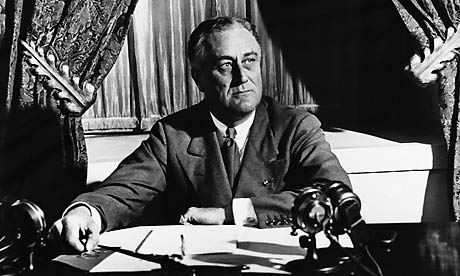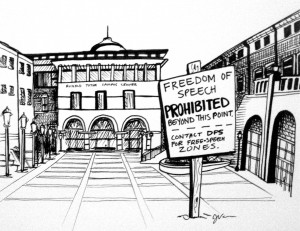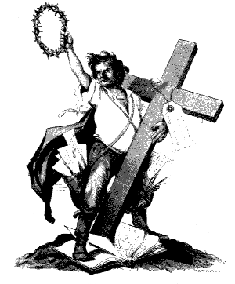Read and Summarize Brown vs. Board of Education.
A black third grader, named Linda Brown and her family wanted her to attend a white school. She lived closer to the white school but was forced to walk one mile to her black school. The Browns took this to court with a lawsuit. The Supreme Court swayed towards with BOE's side because of the Plessy vs. Fergueson case which required "separate but equal" facilities. On Dec. 9, 1952, the case was heard with SC and Virginia taking the lawsuit. As expected, SC ruled that the two schools were indeed "separate but equal". This did not abolish segregation in public areas. But it was ruled unconstitutional in 21 states.
A black third grader, named Linda Brown and her family wanted her to attend a white school. She lived closer to the white school but was forced to walk one mile to her black school. The Browns took this to court with a lawsuit. The Supreme Court swayed towards with BOE's side because of the Plessy vs. Fergueson case which required "separate but equal" facilities. On Dec. 9, 1952, the case was heard with SC and Virginia taking the lawsuit. As expected, SC ruled that the two schools were indeed "separate but equal". This did not abolish segregation in public areas. But it was ruled unconstitutional in 21 states.










